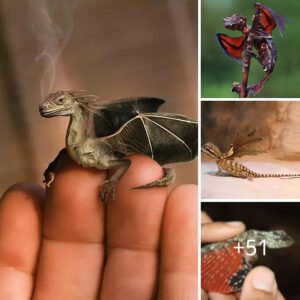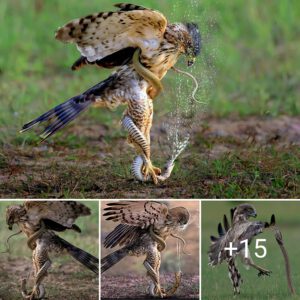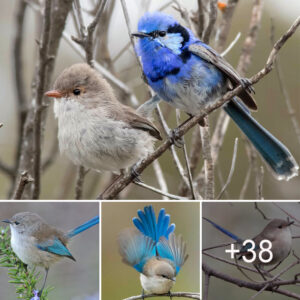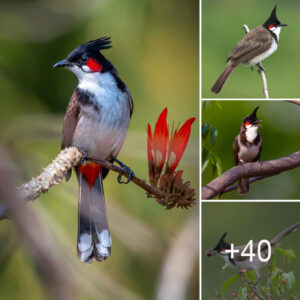Esta magnífica criatura aviar es conocida por su impresionante tamaño y una melodía distintiva que el macho produce mientras realiza una elaborada danza para atraer a una pareja. El ritual de cortejo incluye una serie de movimientos de reverencia, así como una vocalización única que se asemeja a una conversación animada intercalada con ruidosos gorgoteos. Es verdaderamente una experiencia inolvidable presenciar la exhibición de esta ave.
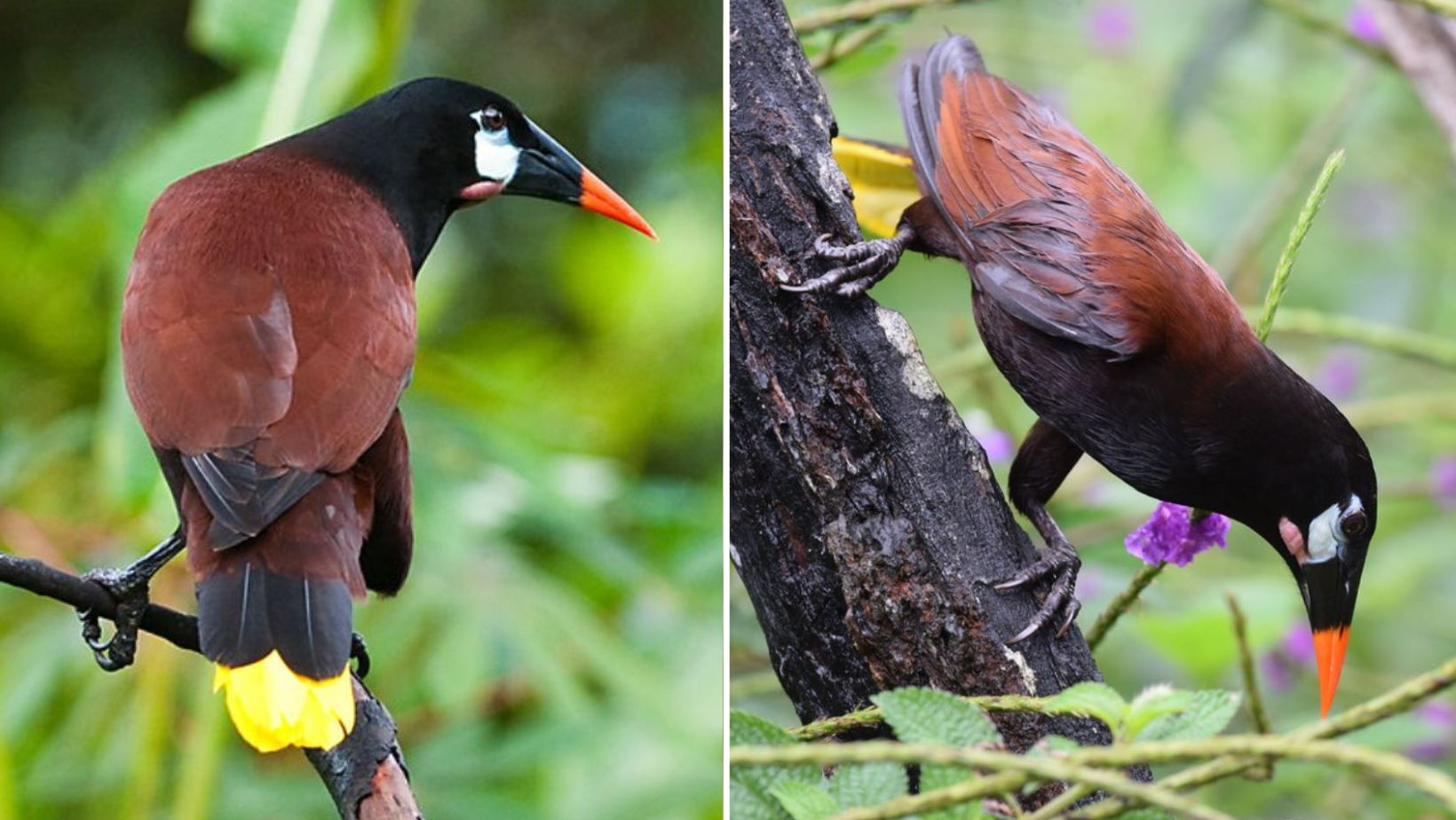
¡Saluda a la Oropéndola Montezuma! Esta especie de ave es bastante fascinante y única a su manera.
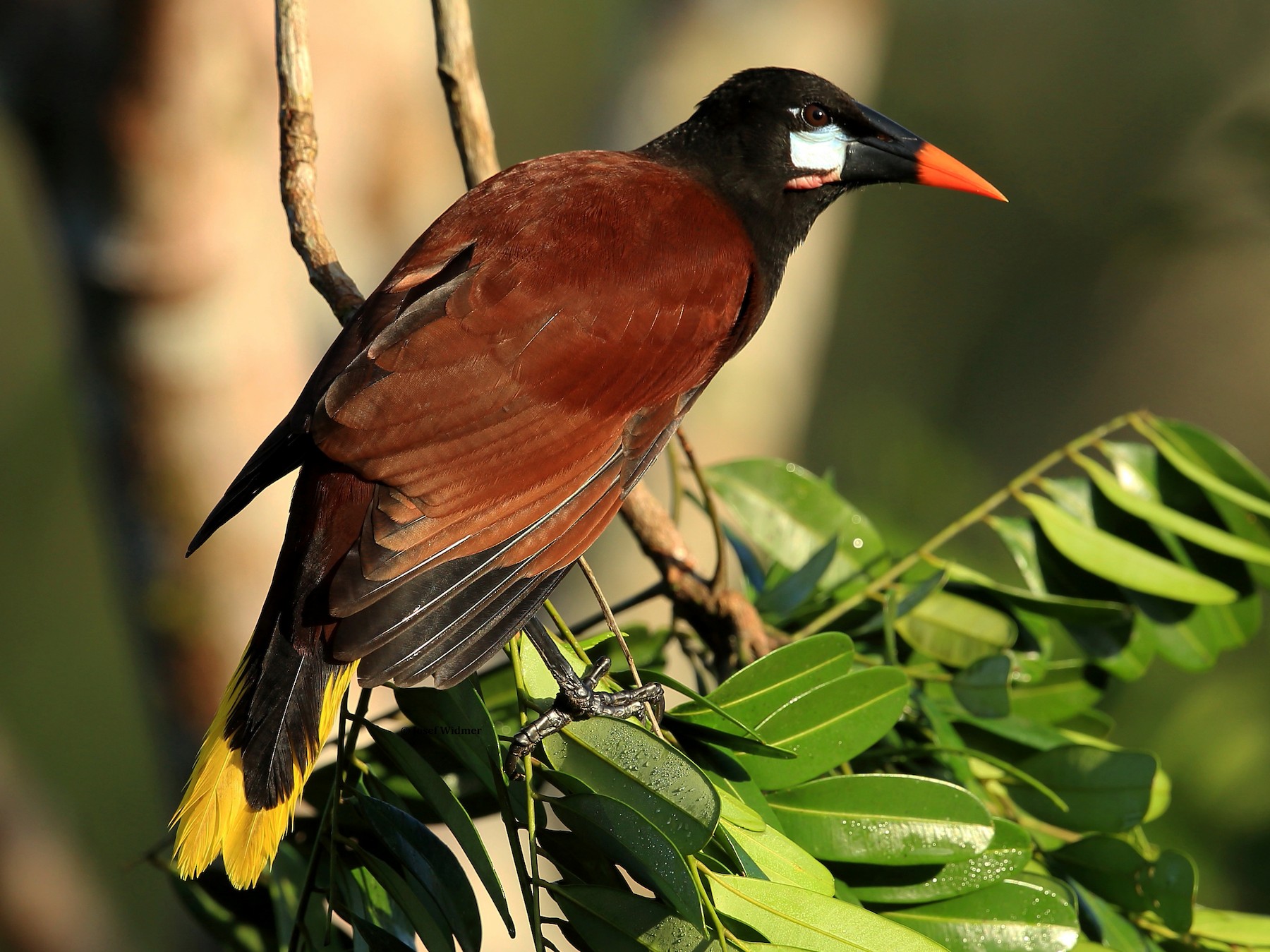
El ave Montezuma Oropendola, también conocida como Psarocolius Montezuma, es una especie que se encuentra en las regiones tropicales del Nuevo Mundo. Este amigo emplumado mide 50 cm de largo y pesa alrededor de 520 gramos. El macho de esta especie tiene un cuerpo predominantemente castaño con cabeza y rabadilla negras, y una cola de color amarillo llamativo con dos plumas oscuras en el centro. Además, puedes ver dos parches azules en las mejillas con una barba rosada, ojos marrones y un pico largo y negro con una punta roja.

Although females share some similarities with males, they typically have a smaller physical build. With a length of only 38 cm and a weight of 230 grams, they also possess a less prominent wattle than their male counterparts. When compared to adults, juvenile individuals appear less vibrant in coloration and sport a bill that is lighter and less defined.
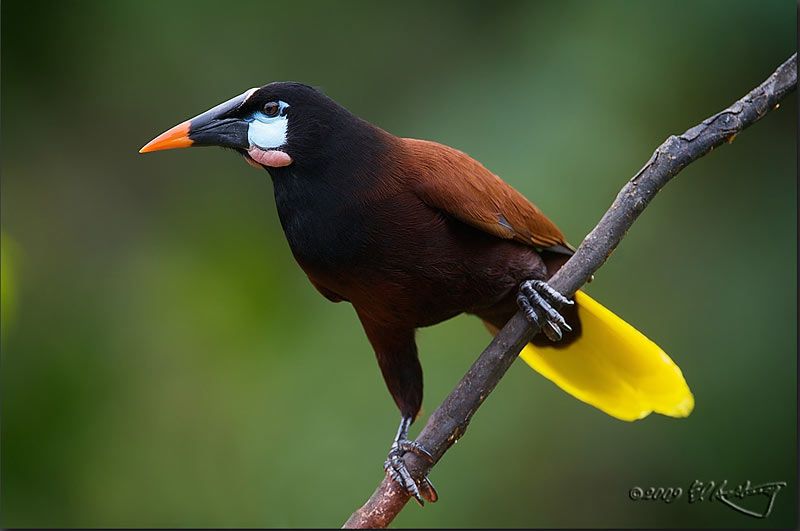
The Caribbean coastal lowlands spanning southeastern Mexico to central Panama are home to this species of bird, which resides and breeds in the area. However, it does not inhabit El Salvador and southern Guatemala. The bird can also be spotted in Nicaragua, Honduras, and Costa Rica.
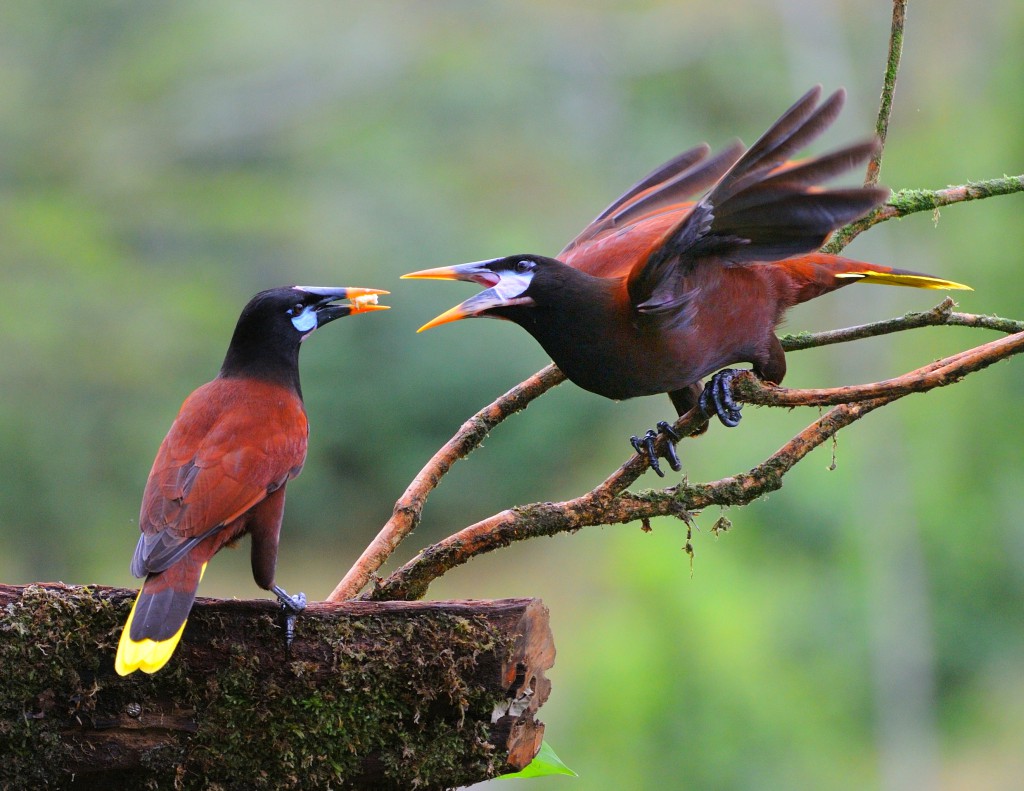
The Montezuma Oropendola has a preference for residing in the uppermost part of the forest, particularly around the borders of wooded areas and on formerly cultivated lands.
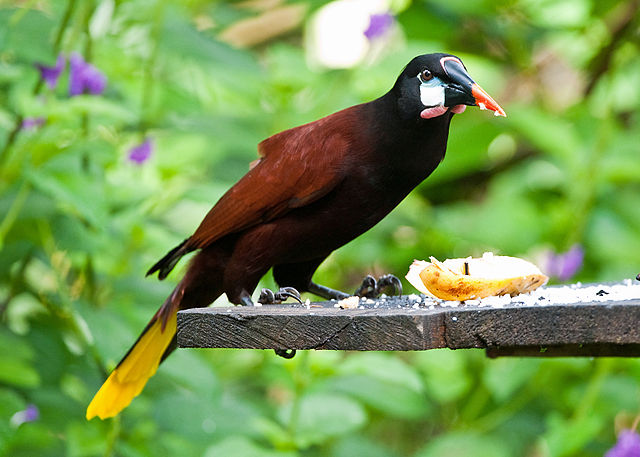
It is common to witness Montezuma Oropendola birds scouring for food in trees, often in large groups. Their prey typically includes small vertebrates, large insects, fruit, and nectar. These birds are known as colonial breeders and construct woven nests using fibers and vines, which are suspended at high altitudes in clusters. The length of the nests ranges between 60-180 cm, and the female lays spotted white eggs inside them, which she incubates for approximately 15 days. Once the eggs hatch, it takes around 30 days for the young birds to become fledged. A single colony can host up to 30 nests, with a dominant male who mates with most of the females.
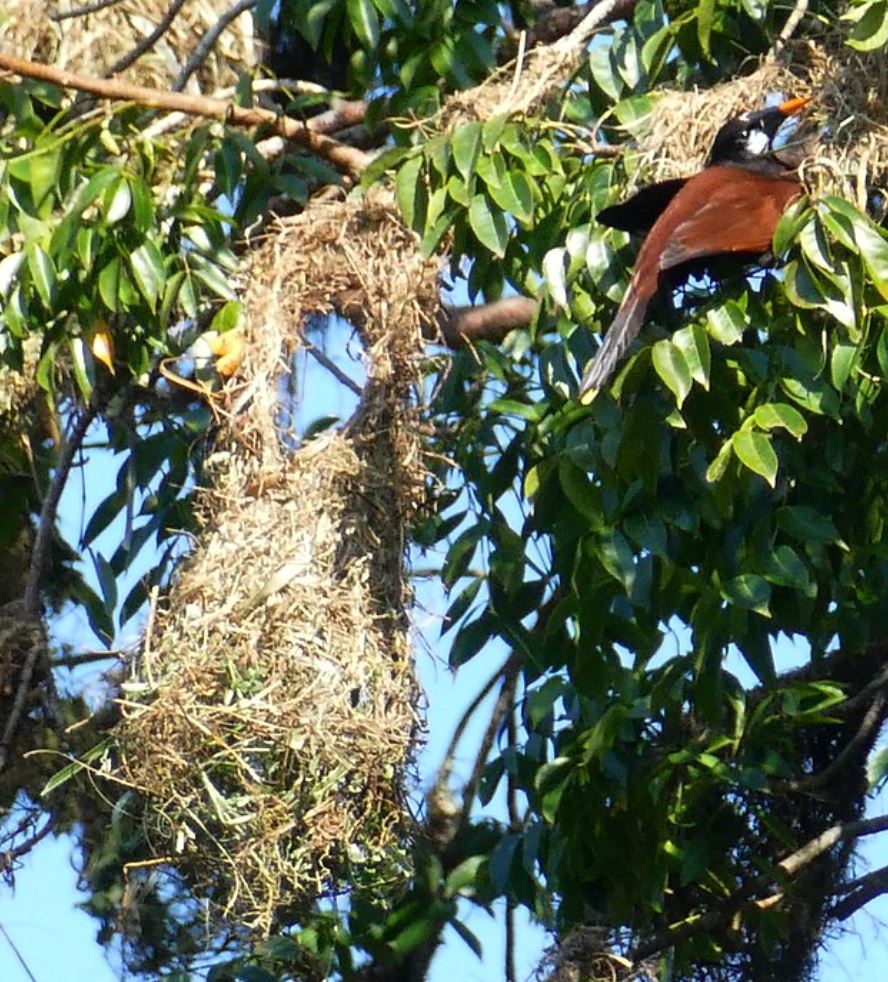
The Montezuma Ordonpendola is in good shape as far as conservation efforts go, as it boasts a plentiful population and wide geographical range. Consequently, it has earned a spot on the IUCN list of species as being of Least Concern.
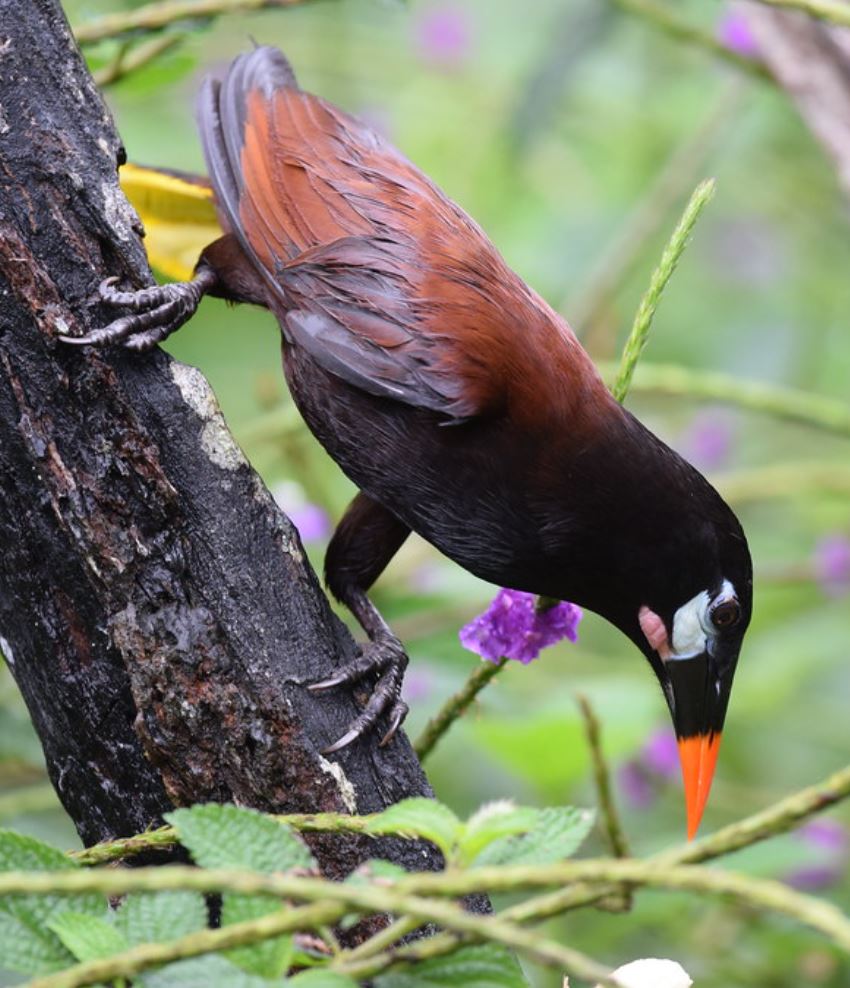
.
